Sculpting isn’t just about chiseling marble or molding clay. There are many lesser-known methods that bring a fresh perspective to the art form. These techniques, often overlooked, offer unique ways to create stunning works of art. From ancient practices to modern innovations, these methods open up new possibilities for artists. Whether you’re a seasoned sculptor or a curious beginner, these lesser-known approaches will inspire and amaze you.
Sand Casting
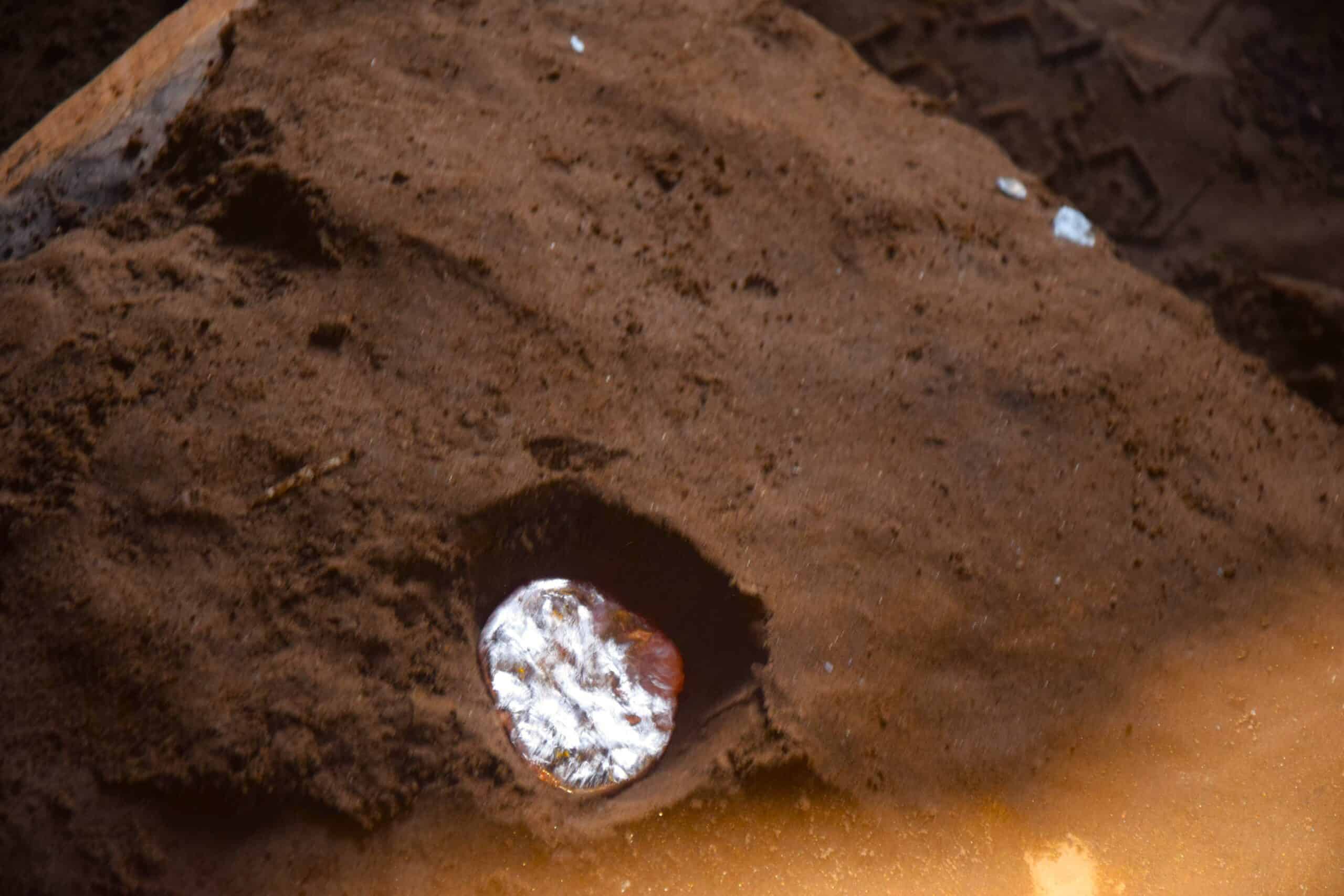
Sand casting is a sculpting method that uses sand molds to shape molten metal. The process starts with packing sand around a model or pattern. Once the pattern is removed, the cavity left behind is filled with molten metal. After cooling, the sand is broken away to reveal the final metal sculpture. This technique is highly detailed and allows for the creation of complex shapes. It’s a method often used in metalworking and jewelry making, offering artists a way to bring intricate designs to life with a robust, lasting material.
Repoussé and Chasing
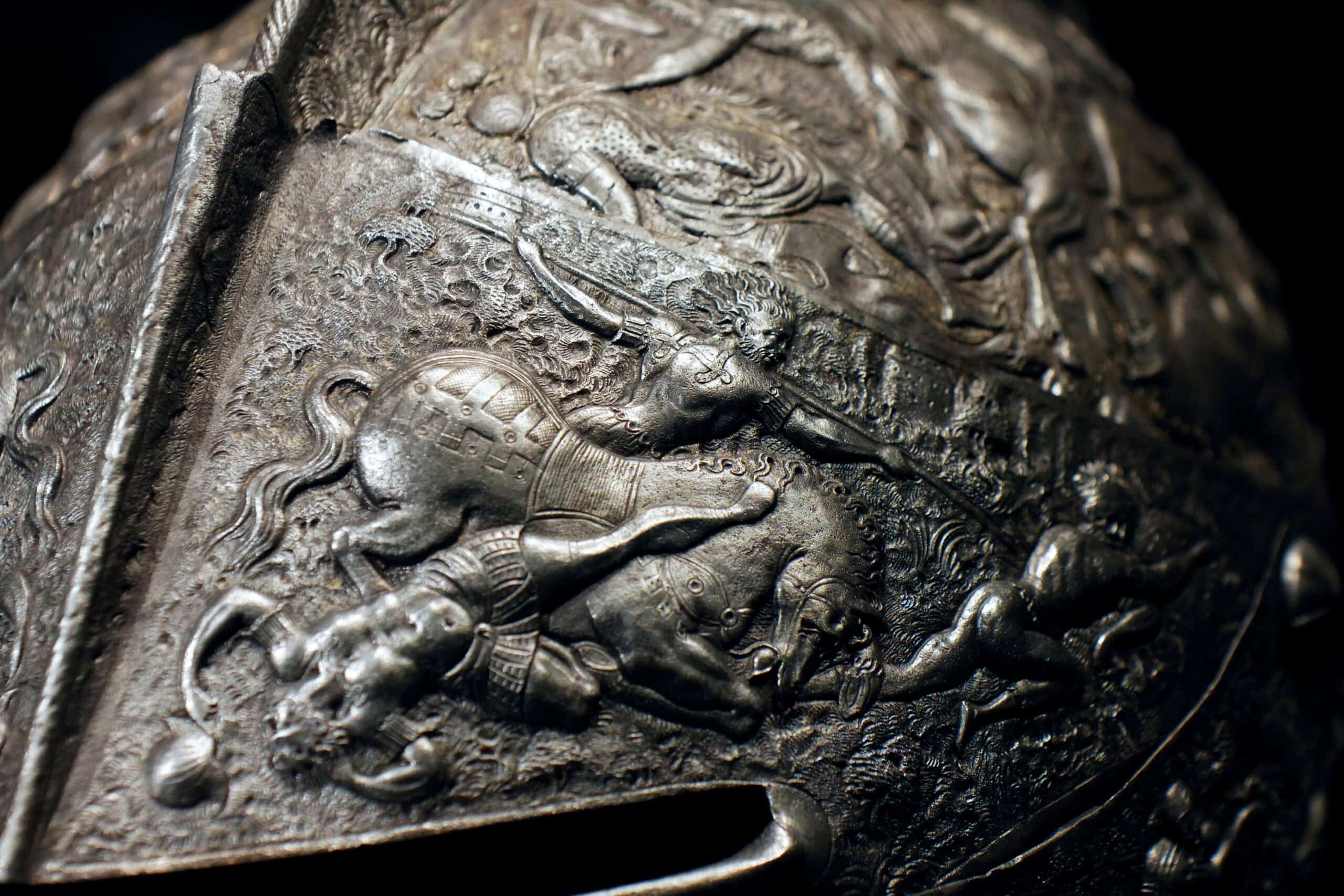
Repoussé and chasing are techniques used to shape metal sheets into intricate designs. Repoussé involves hammering the metal from the backside to create a raised design. Chasing, on the other hand, works from the front to refine the details. These methods are often used together, creating stunning reliefs that can adorn anything from jewelry to large panels. The process requires patience and skill, as each hammer strike must be precise. The result is a beautifully textured surface that catches the light in unique ways, making the design come alive.
Soapstone Carving
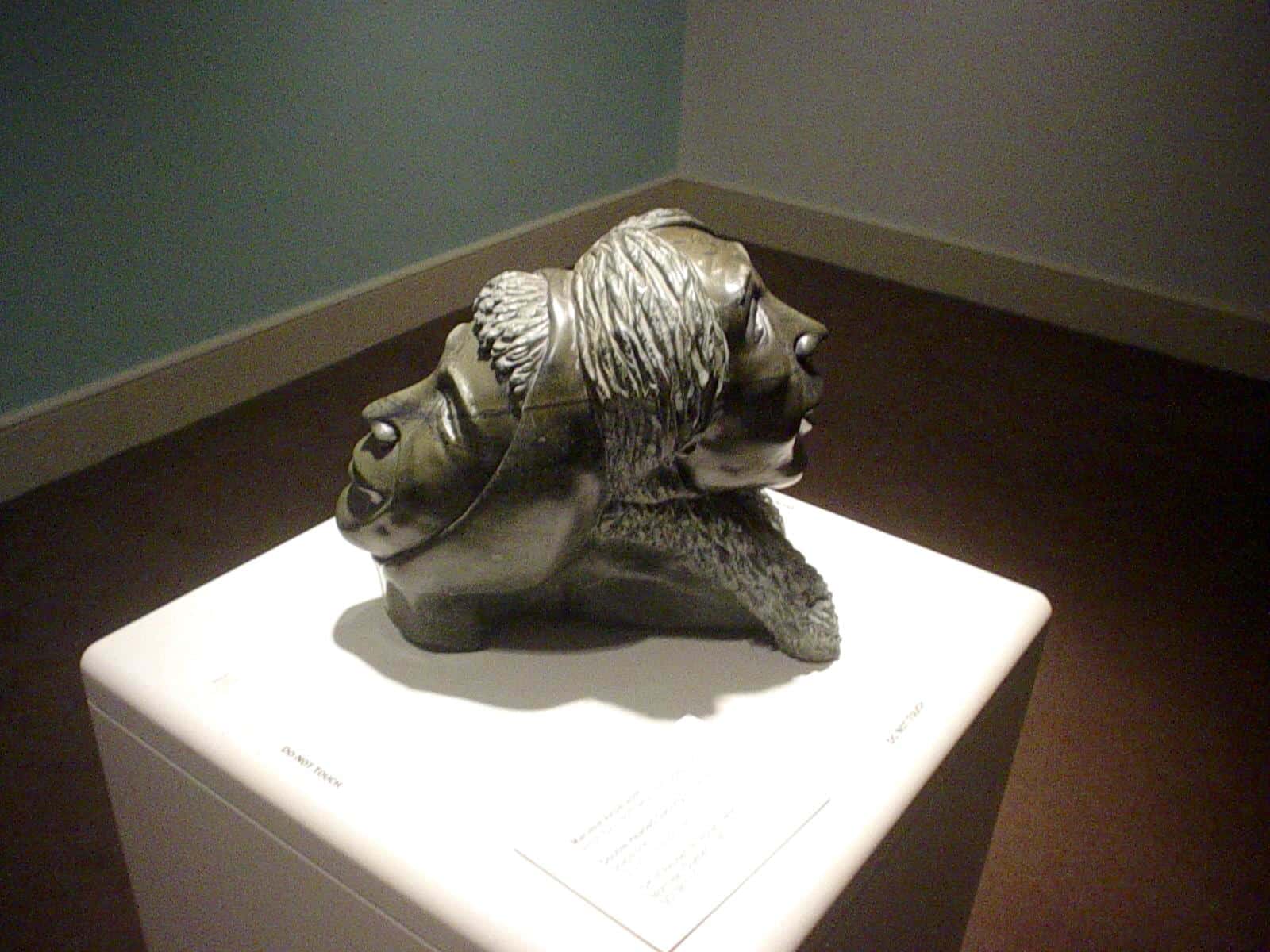
Soapstone carving is a technique that uses a soft, talc-rich stone known as soapstone. The stone’s softness makes it easy to carve with simple tools. Artists can create intricate designs with smooth finishes and fine details. The stone can be polished to a high sheen, enhancing its natural color and patterns. Soapstone is also heat-resistant, making it ideal for functional art like candle holders or incense burners. The material’s versatility and beauty have made it a favorite among sculptors for centuries.
Lost Wax Casting
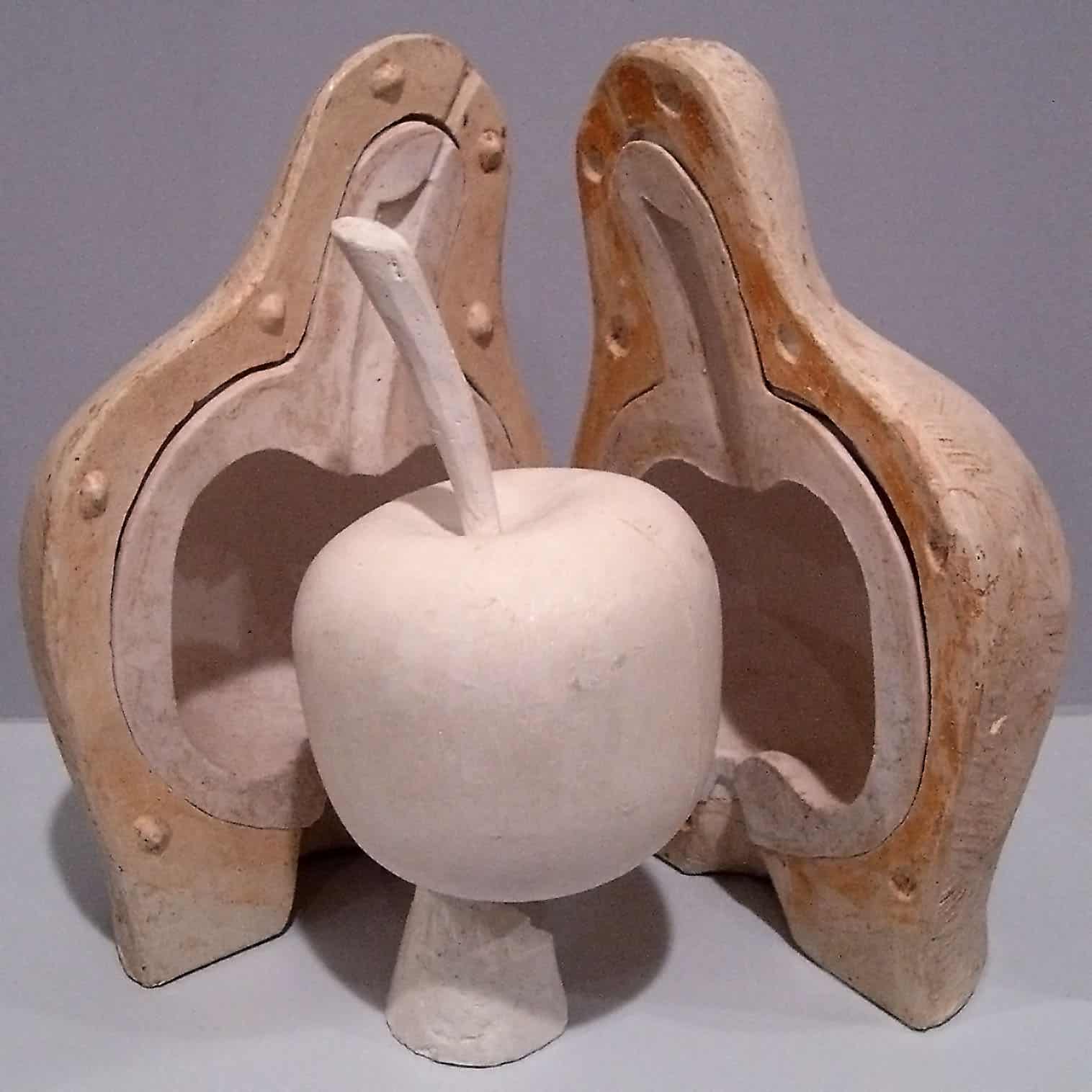
Lost wax casting is an ancient technique used to create metal sculptures. The process begins with sculpting a model in wax. This wax model is then encased in a mold material, which hardens around it. The wax is melted away, leaving a cavity in the shape of the model. Molten metal is poured into this cavity, filling the space where the wax once was. After the metal cools and hardens, the mold is broken away, revealing the final sculpture. This method allows for high detail and is often used for creating intricate bronze statues.
Stone Inlay
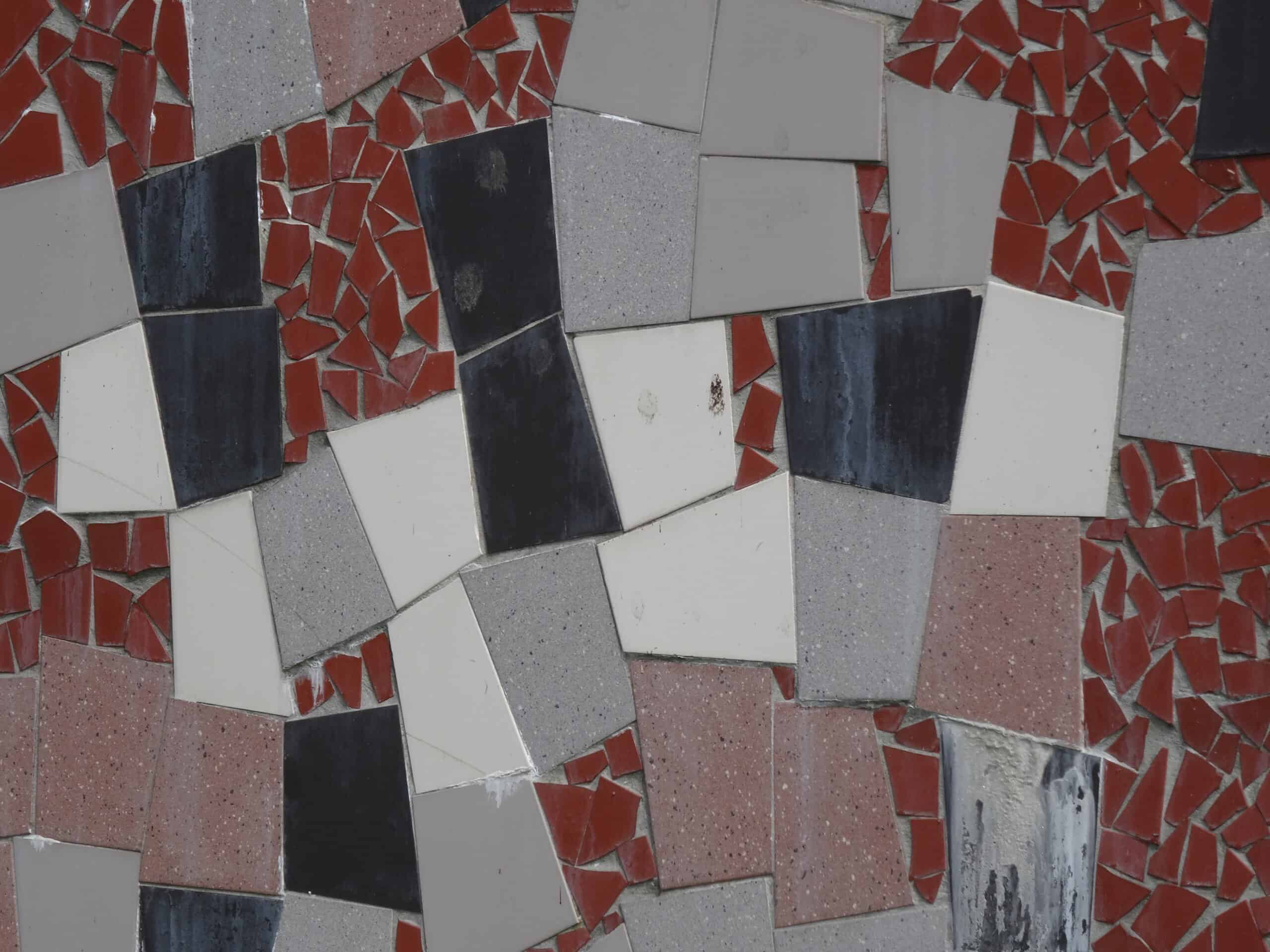
Stone inlay is a method that combines carving and mosaic techniques. Artists carve a design into a base material, such as marble or wood. Into these carved spaces, they inlay small pieces of colorful stone, creating a detailed and vibrant image. Each piece of stone is carefully shaped and fitted to match the design perfectly. The result is a stunning piece of art with a smooth, polished surface and a striking contrast between the inlay and the base material. Stone inlay is often used in decorative arts and architecture, adding elegance and detail to surfaces.
Papier-Mâché Sculpture
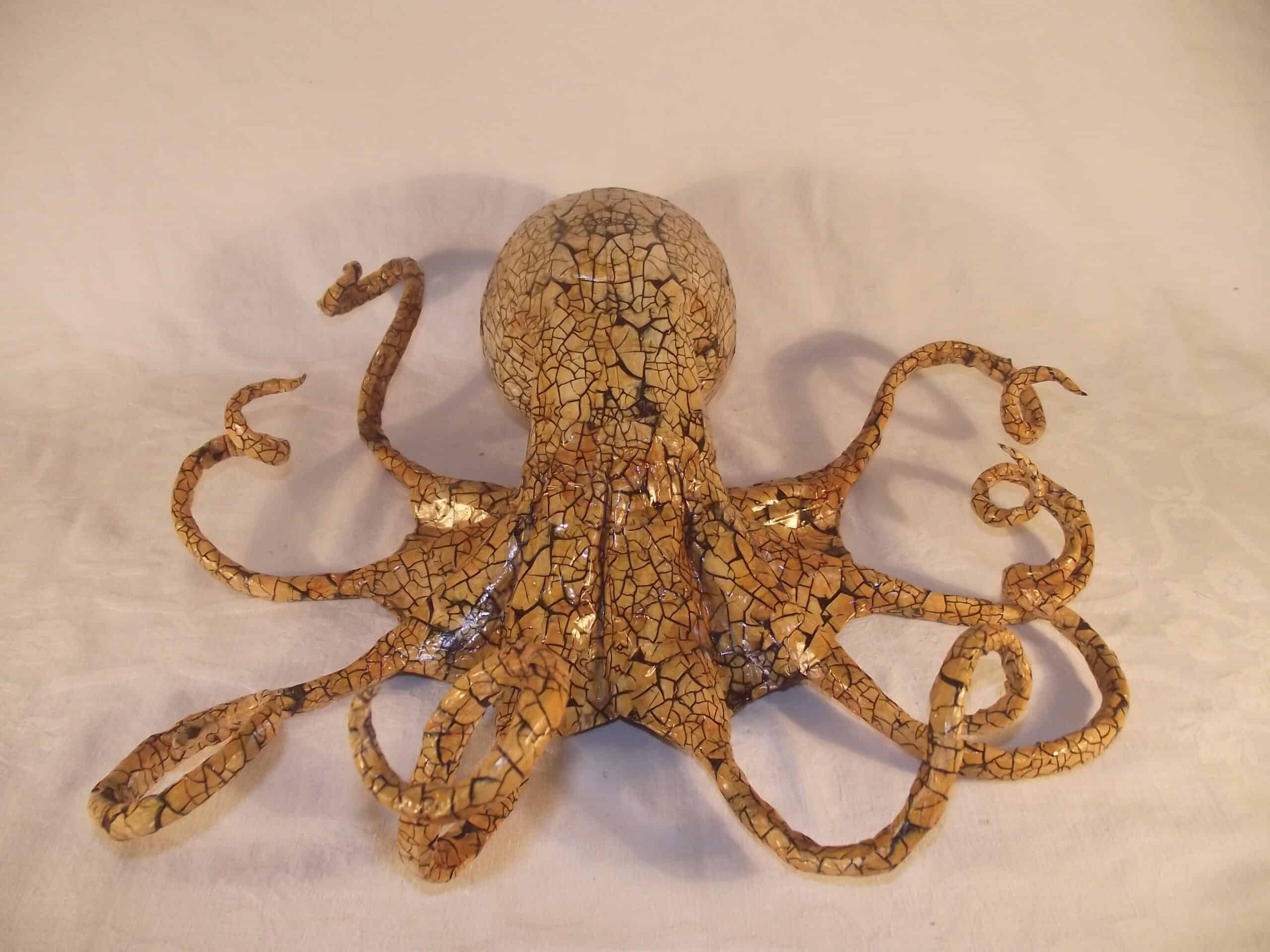
Papier-mâché is a sculpting technique that uses paper and adhesive to create lightweight sculptures. The process involves layering strips of paper soaked in glue or paste over a framework. As the layers dry, they harden, forming a solid structure. Artists can shape and mold the papier-mâché into various forms, from abstract art to lifelike figures. Once dry, the sculpture can be painted and decorated. This method is inexpensive and versatile, allowing artists to explore a wide range of creative possibilities.
Relief Carving
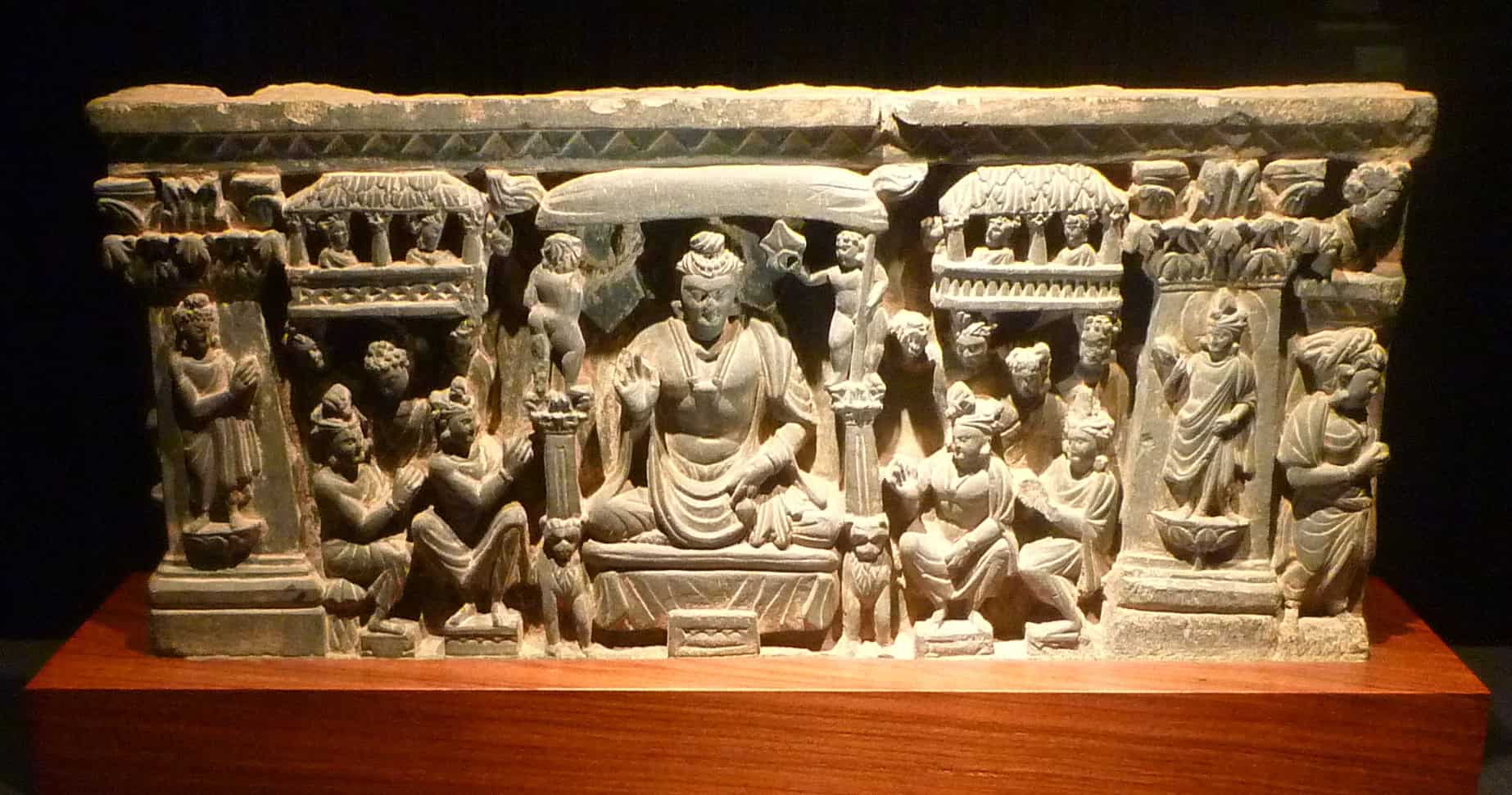
Relief carving is a sculpting technique where the design is carved into a flat surface, creating a raised image. The background is carved away, leaving the design to stand out. There are different types of relief carving, including low relief, where the design is only slightly raised, and high relief, where the design is more pronounced. This method is often used in wood, stone, or metal. Relief carving can depict intricate scenes or simple designs, adding depth and dimension to the artwork. It’s a technique that combines both carving and sculpting, offering a unique approach to creating detailed images.
Wire Sculpting
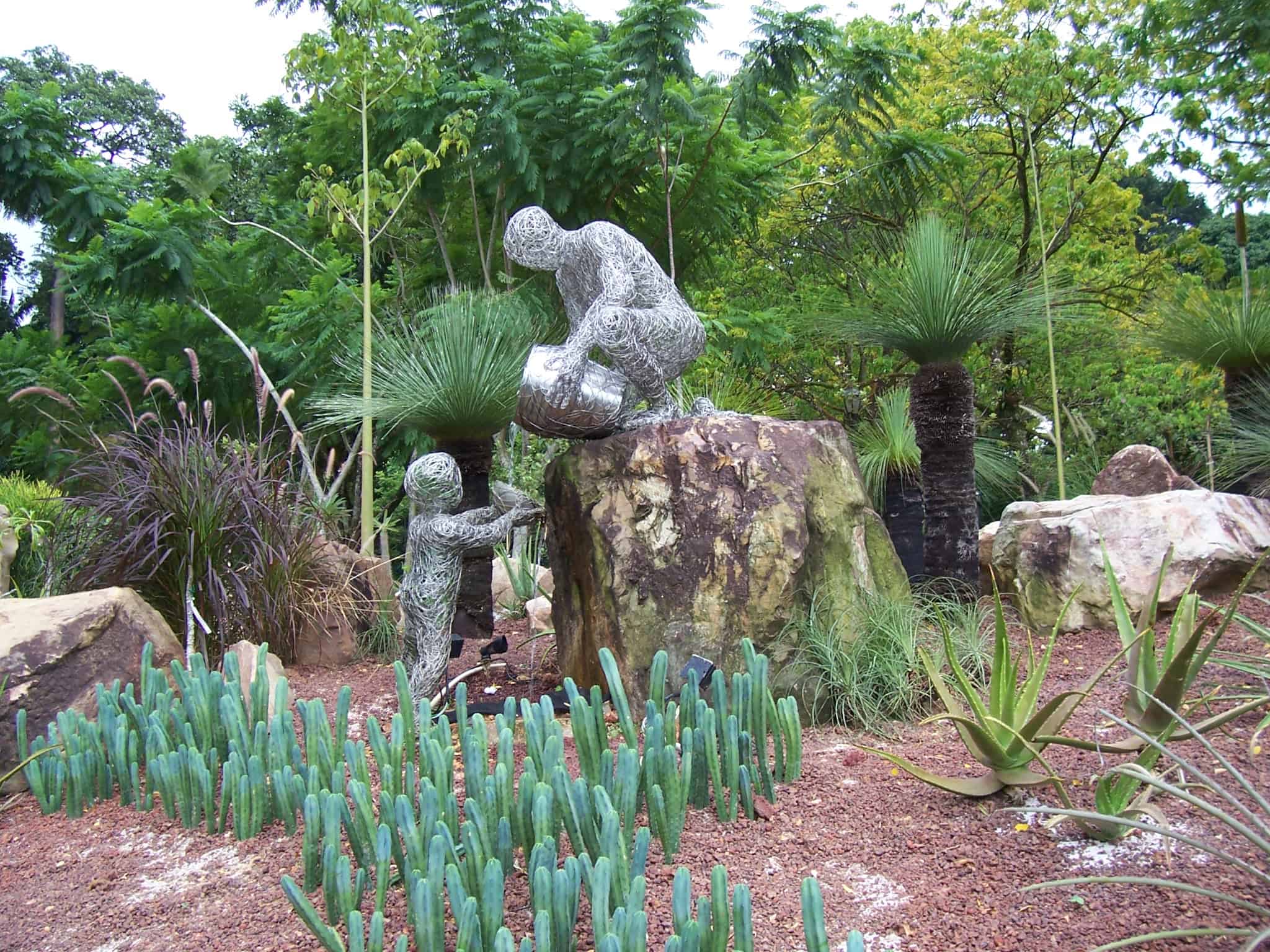
Wire sculpting is a technique that uses metal wires to create three-dimensional forms. Artists twist, bend, and shape the wire into intricate designs, often creating delicate and airy sculptures. The wire can be left bare or combined with other materials like beads, fabric, or paper. This method allows for a great deal of flexibility and creativity, as the artist can manipulate the wire into almost any shape. Wire sculptures can be abstract or representational, ranging from small, intricate pieces to large, expansive installations.
Assemblage Sculpture
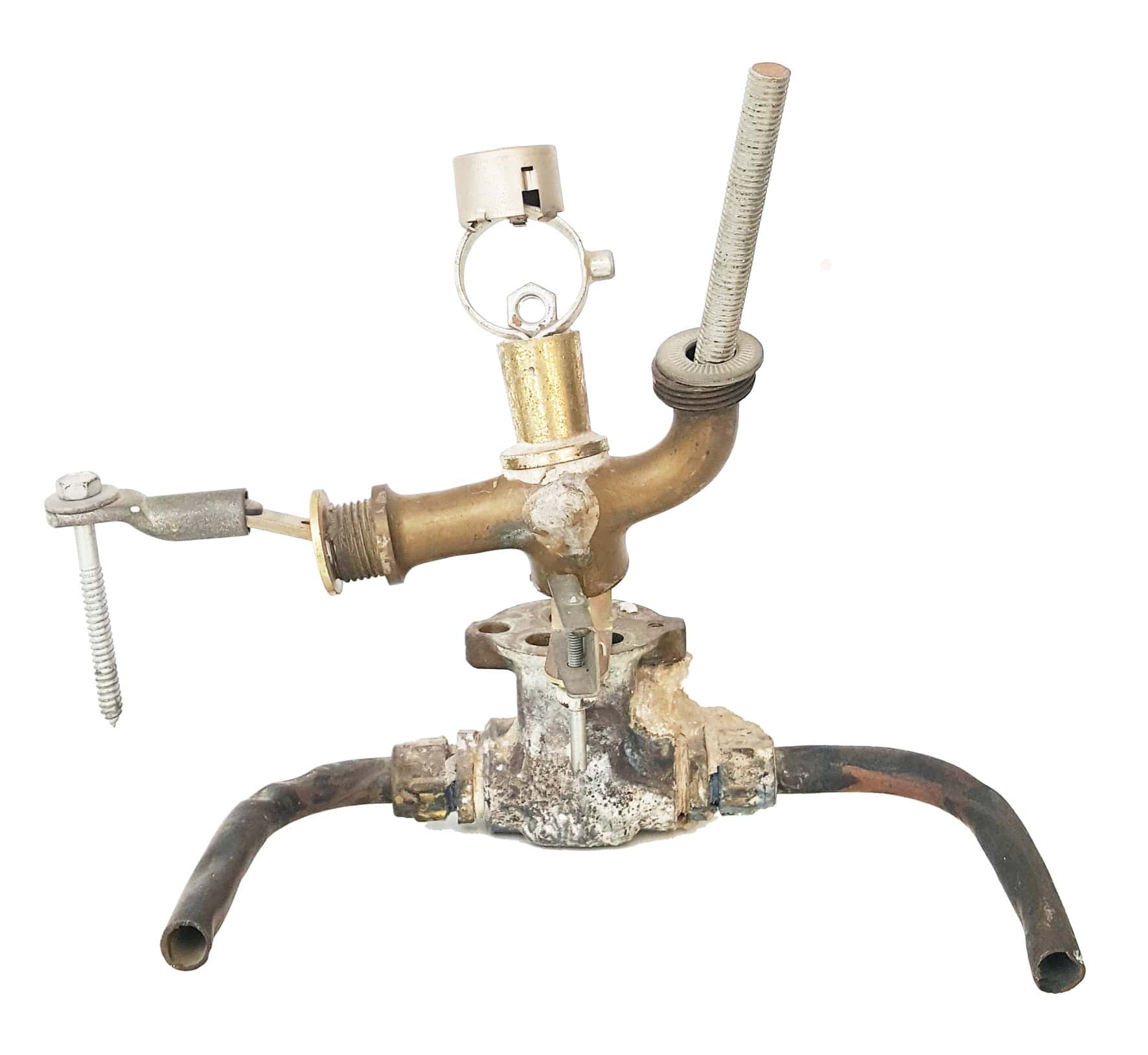
Assemblage sculpture is a method that involves creating art by combining various found objects. Artists collect items like metal scraps, wood pieces, glass, or plastic and arrange them into a cohesive work of art. The objects are often left in their original form, though they may be altered or painted to fit the artist’s vision. This technique allows for a high degree of creativity and personal expression, as each piece is unique. Assemblage sculptures often have a three-dimensional, collage-like quality, bringing together disparate elements into a unified whole.
Ice Sculpting
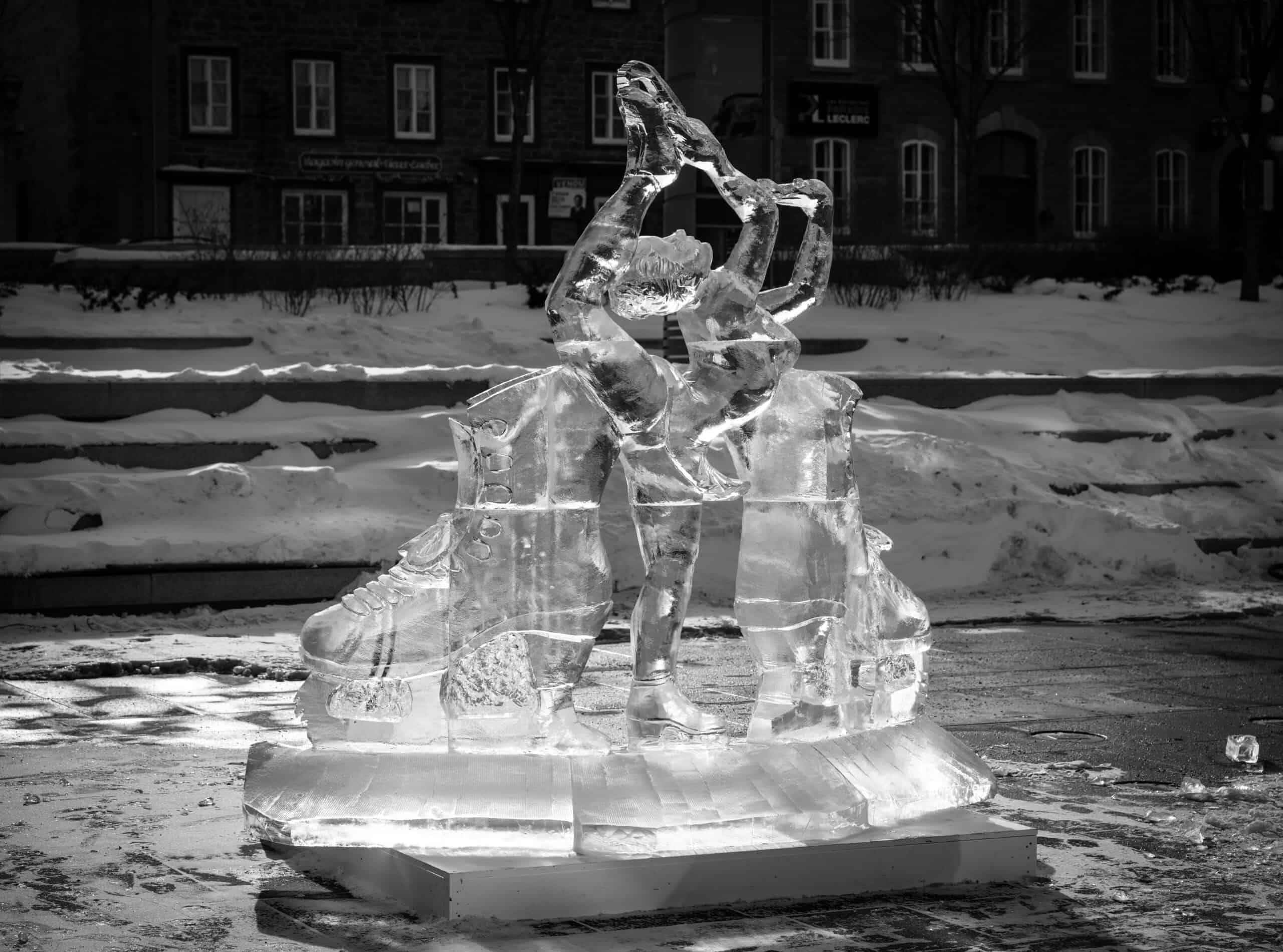
Ice sculpting is a technique that involves carving large blocks of ice into intricate designs. The process starts with selecting clear, solid ice, often specially prepared to minimize bubbles. Sculptors use chainsaws, chisels, and other tools to shape the ice. Each cut must be precise, as the material is fragile and melts quickly. Ice sculpting is often seen at special events, where the sculptures create stunning, ephemeral art that captivates viewers. The beauty of the medium lies in its transparency and the way it interacts with light.
Bas-Relief

Bas-relief is a sculpting technique where the design is slightly raised above the background. The term comes from the French words for “low” and “raised.” This method is often used on walls, doors, and monuments. The process involves carving into a flat surface, removing material to create depth. Unlike other forms of relief, bas-relief maintains a shallow depth, making it ideal for detailed scenes or intricate patterns. The technique has been used for centuries, from ancient temples to modern architecture, offering a way to tell stories through stone or metal.
Cloisonné Enameling
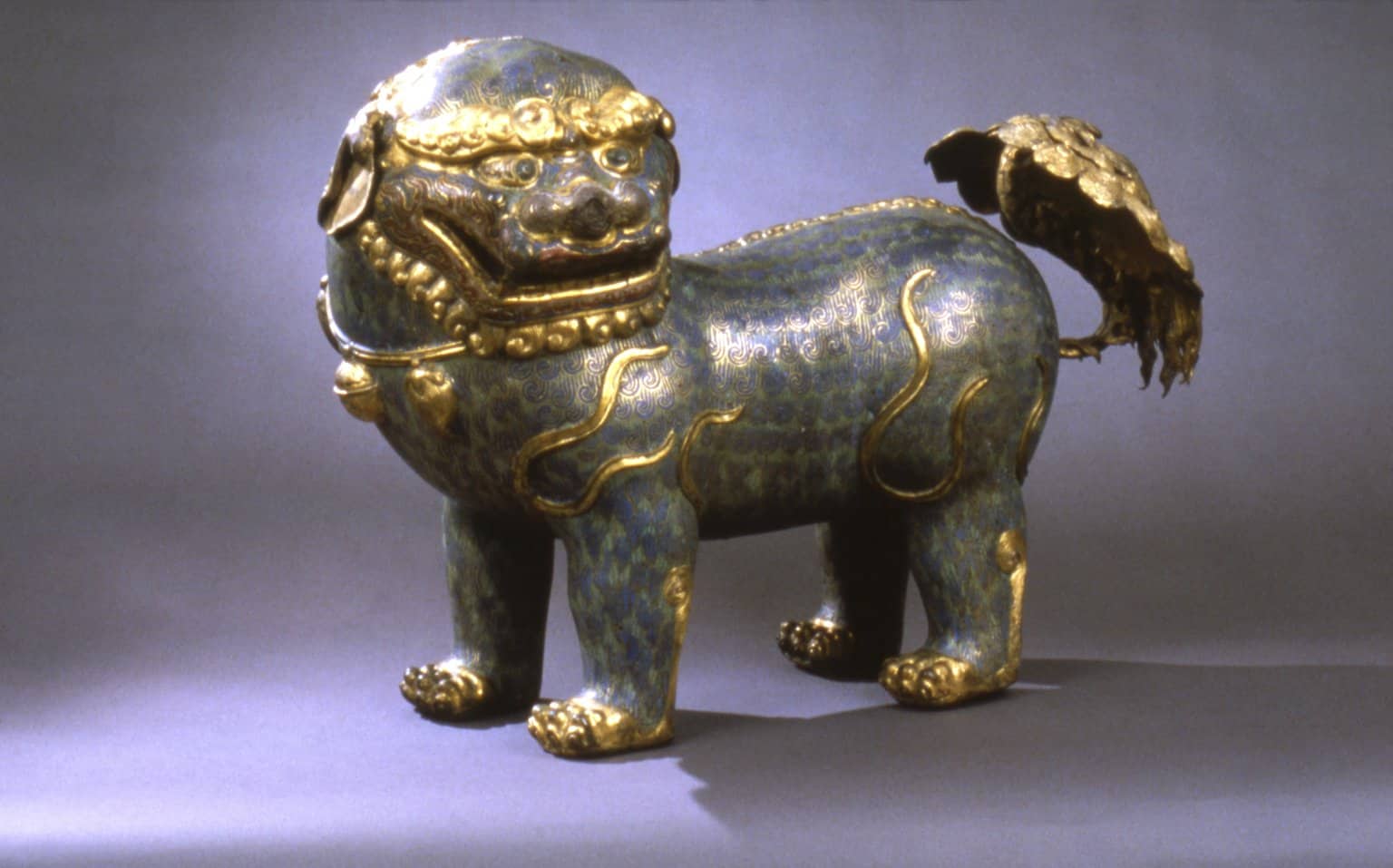
Cloisonné enameling is a method that involves decorating metal objects with colored glass powder. The process starts by creating a design with thin metal wires, which are soldered onto the surface of the object. The spaces between the wires, called cloisons, are filled with powdered enamel. The object is then fired in a kiln, where the enamel melts and fuses to the metal. The result is a smooth, glossy surface with vibrant colors. Cloisonné is often used for jewelry, vases, and decorative items, offering a detailed and durable finish.
Concrete Sculpting
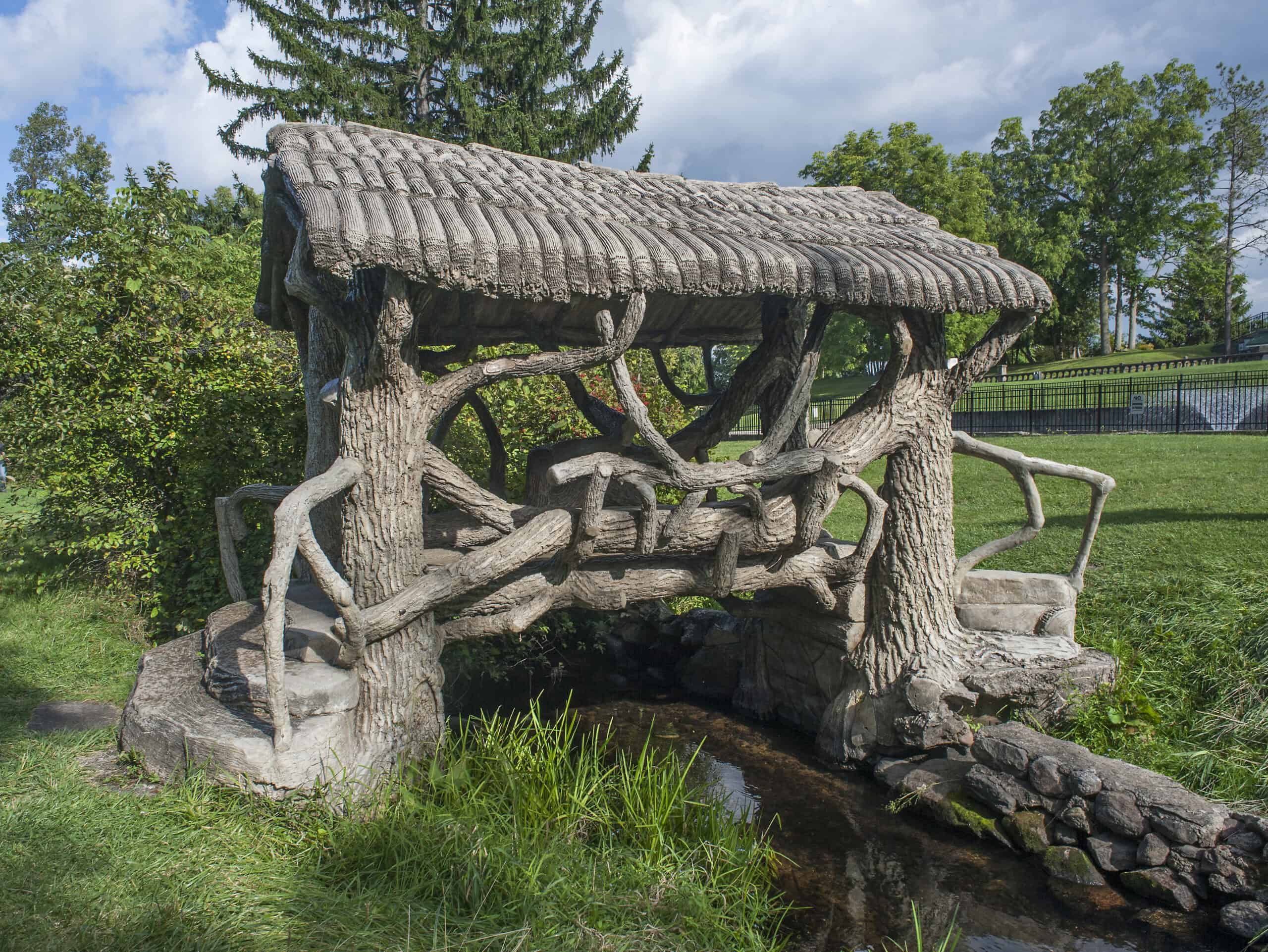
Concrete sculpting is a versatile technique that uses concrete to create both large and small sculptures. The process involves mixing cement with water and other materials to create a malleable substance. Artists can shape the concrete by hand, pour it into molds, or carve it after it has set. Concrete’s durability makes it ideal for outdoor sculptures, garden art, or architectural elements. The material can also be colored, textured, or polished, adding to its versatility. Concrete sculpting offers endless possibilities for creating robust, long-lasting art.
Bonsai Sculpting
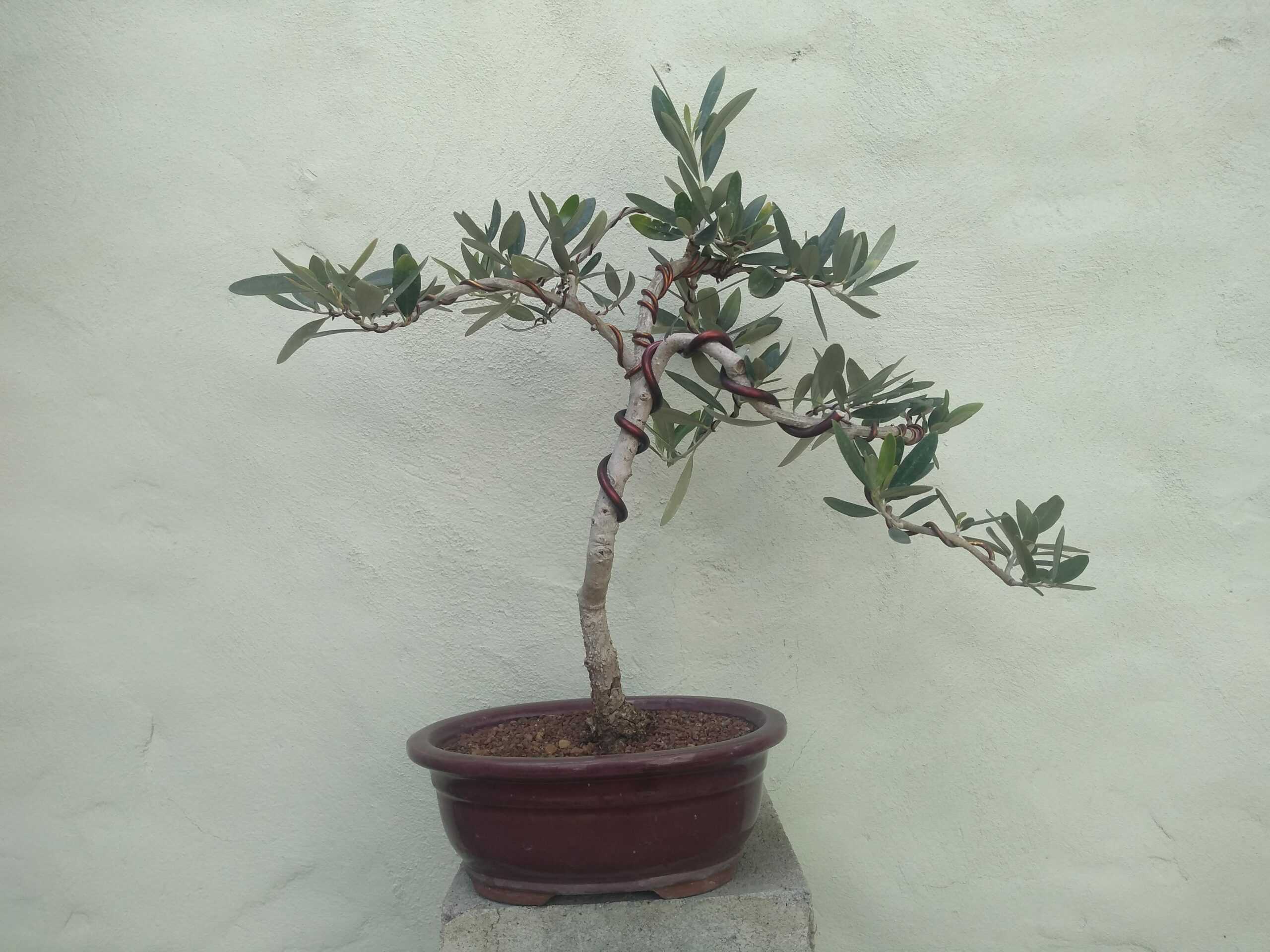
Bonsai sculpting is the art of shaping miniature trees to create natural, yet stylized forms. The process starts with selecting a suitable tree species, often one that responds well to pruning and training. Sculptors trim branches, wire limbs, and carefully shape the tree over time. The goal is to create a small tree that resembles a full-sized one, with a balanced and harmonious appearance. Bonsai sculpting requires patience, as the tree’s growth is slow, and the final form may take years to achieve. The result is a living sculpture that captures the essence of nature in miniature.
Glass Blowing
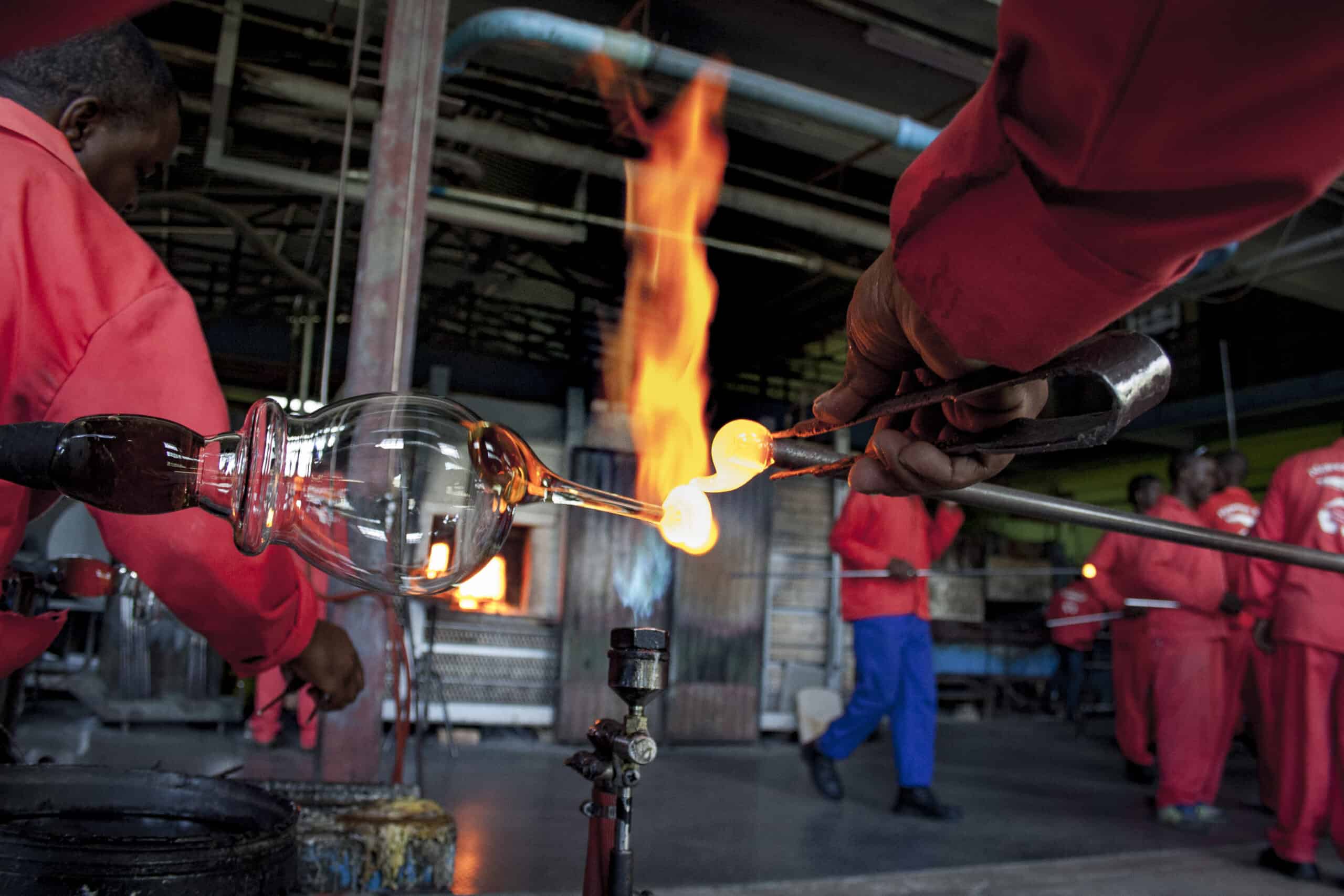
Glass blowing is a sculpting technique that involves shaping molten glass into various forms. The process begins by heating glass until it becomes soft and malleable. The artist then blows air into the glass through a tube, expanding it like a balloon. As the glass cools, it can be shaped with tools, molded, or left to harden into a specific form. Glass blowing allows for the creation of both functional items, like vases or bowls, and artistic sculptures. The transparency and fluidity of the glass offer endless possibilities for creative expression.
This article originally appeared on Rarest.org.
More from Rarest.org
1941 Mercury Dime Value Guide
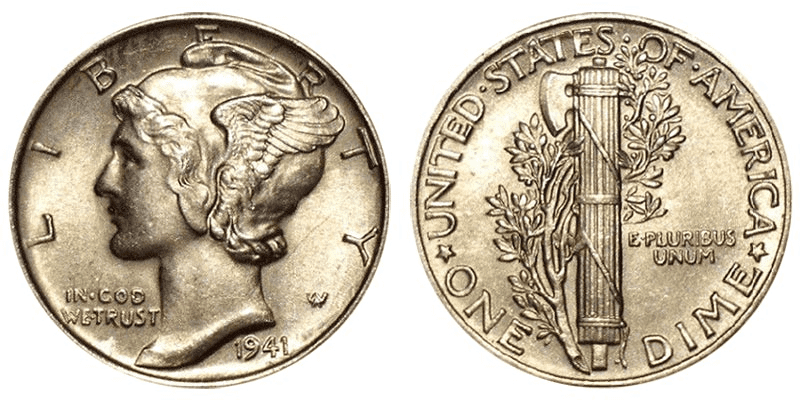
For more than 200 years, the US Mint has created American coins, some of which are extremely prized. Read More.
1940 Wheat Penny Value Guide

Although it is technically a Lincoln cent, because of the wheat stalks found on the coin’s reverse, most collectors refer to it as the Wheat Penny. Read More.
14 Most Expensive Box Office Flops Ever

Hollywood is known for its glitz and glamour, but not every big-budget film becomes a blockbuster hit. Read More.
